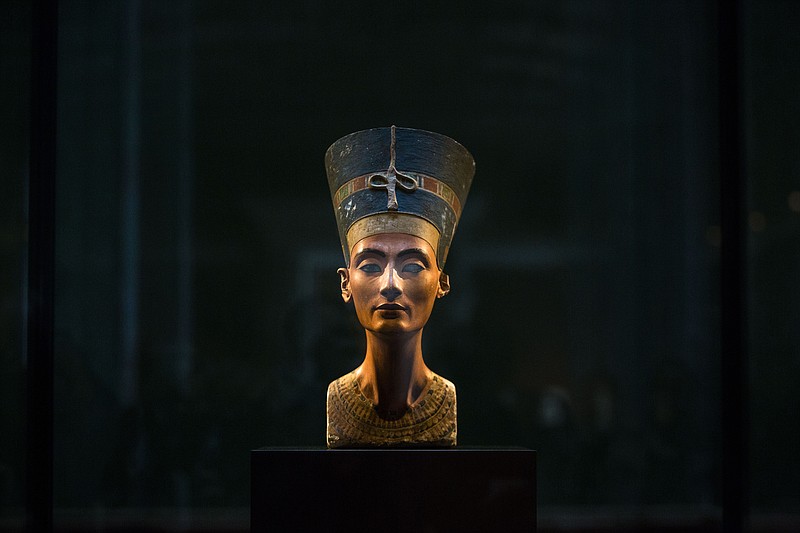CAIRO (AP) - Egypt's Antiquities Ministry said Thursday that exploration has begun inside King Tutankhamun's 3,300 year-old tomb in the search for hidden chambers that an Egyptologist believes could include Queen Nefertiti.
The ministry said the search would last three days. Results are to be announced Saturday in Luxor, the southern Egyptian city that served as the pharaonic capital in ancient times.
Egypt's Antiquities Minister Mamdouh el-Damaty said in September he was convinced a hidden chamber may lie hidden behind King Tut's final resting place.
British Egyptologist Nicholas Reeves, who toured the tomb with el-Damaty in September, theorized that Tutankhamun, who died at the age of 19, may have been rushed into an outer chamber of what was originally Nefertiti's tomb.
Reeves reached his theory after high-resolution images discovered what he said were straight lines in King Tut's tomb. These lines, which were previously hidden by color and the stones' texture, indicate the presence of a sealed chamber, he said.
The Egyptologist displayed the images in a presentation in Cairo that was broadcast live on national TV.
Nefertiti, famed for her beauty and who was the subject of a famous 3,300-year-old bust, was the primary wife of the Pharaoh Akhenaten, who tried and failed to switch Egypt to an early form of monotheism. Akhenaten was succeeded by a pharaoh referred to as Smenkhare and then Tut, who is widely believed to have been Akhenaten's son.
Reeves believes that Smenkhare is actually Nefertiti.
Tut, Nefertiti, and Akhenaten's family led Egypt during one of its most turbulent times, which ended with a military takeover by Egypt's top general at the time, Horemheb. The whole family's names were wiped out from official records later on.
